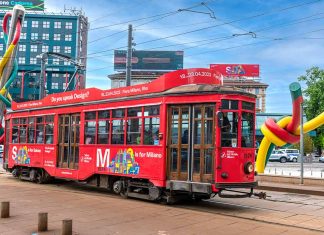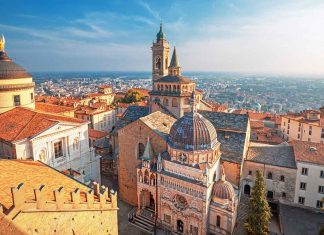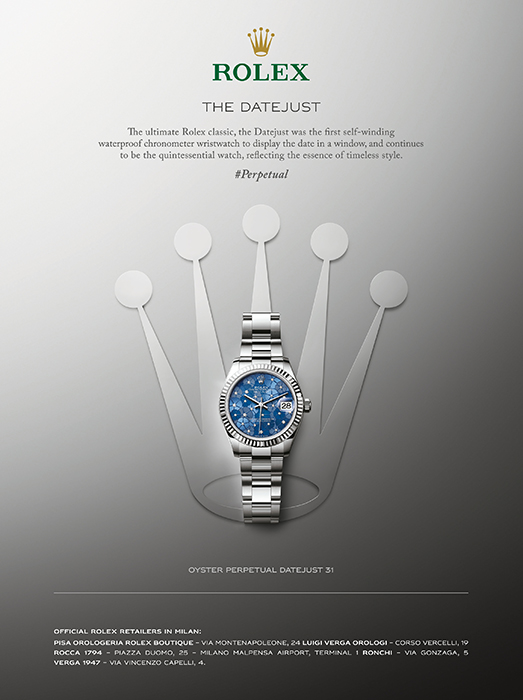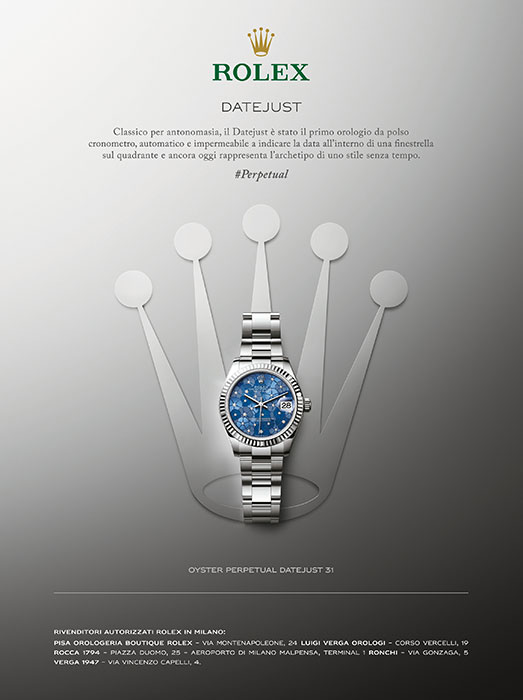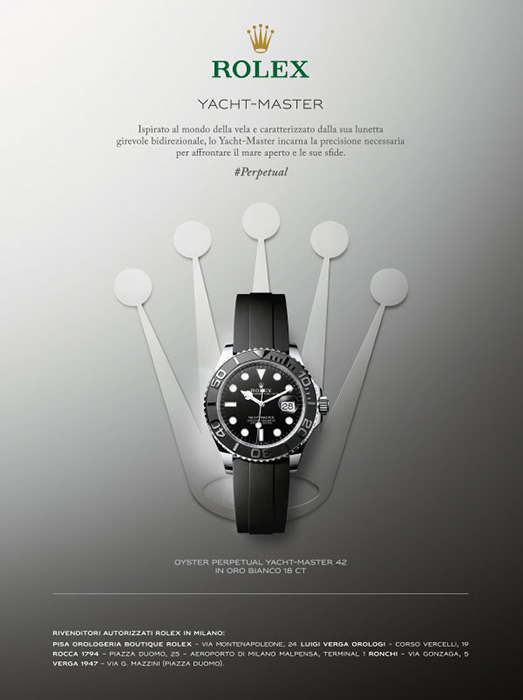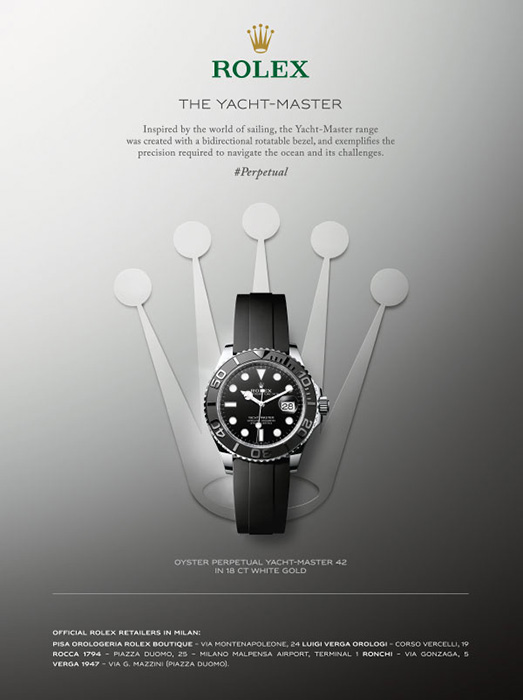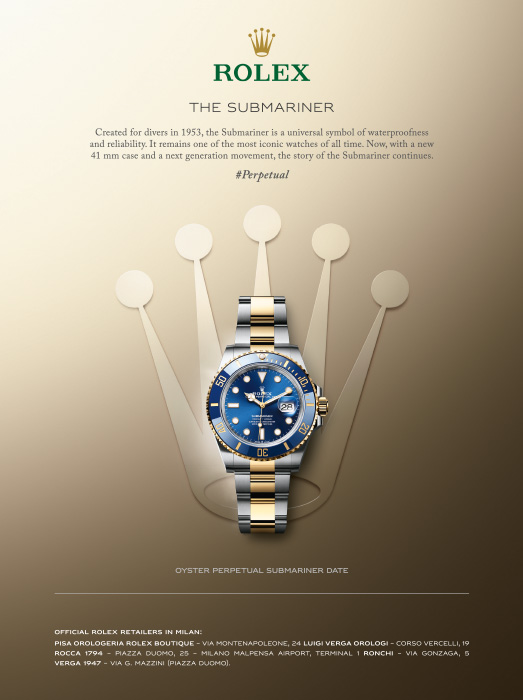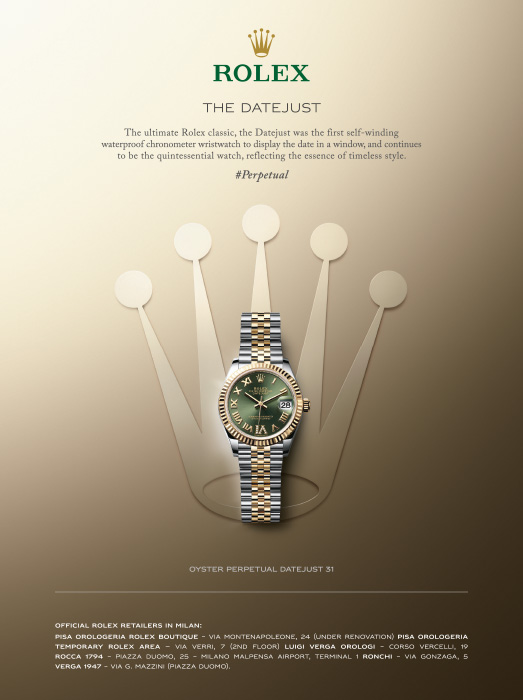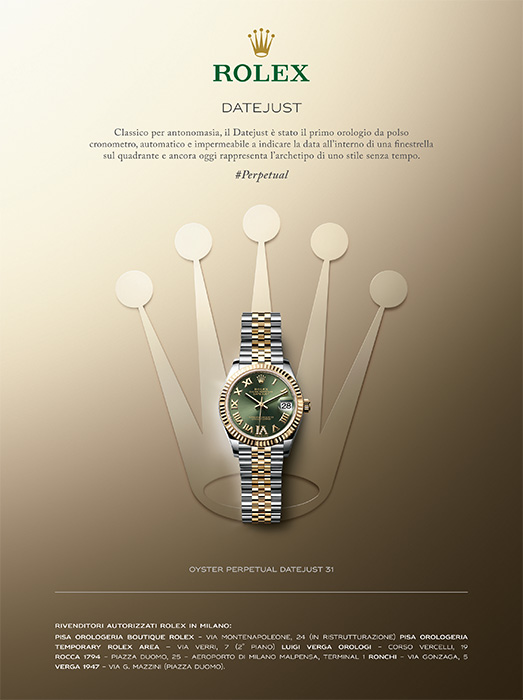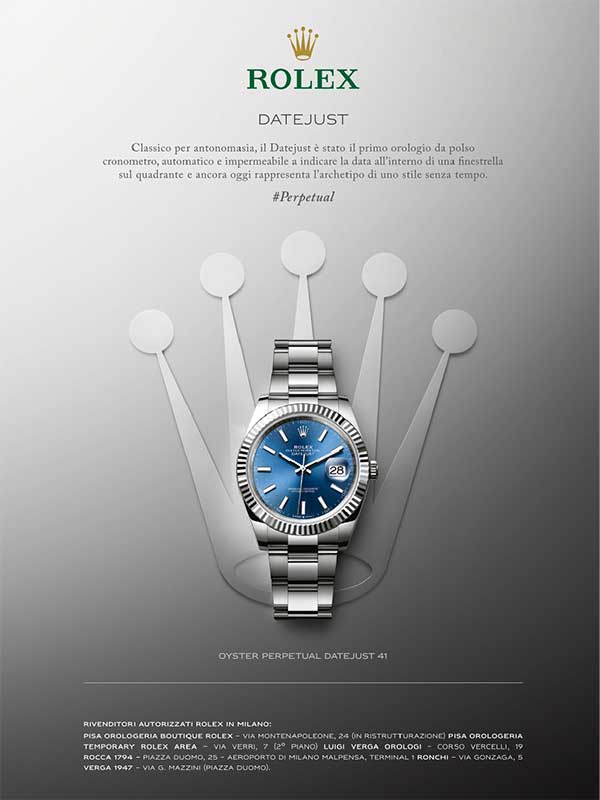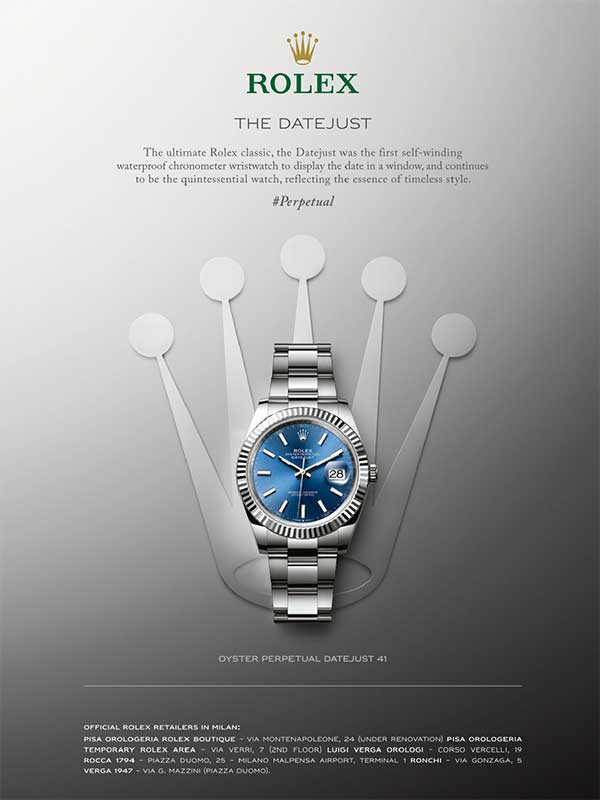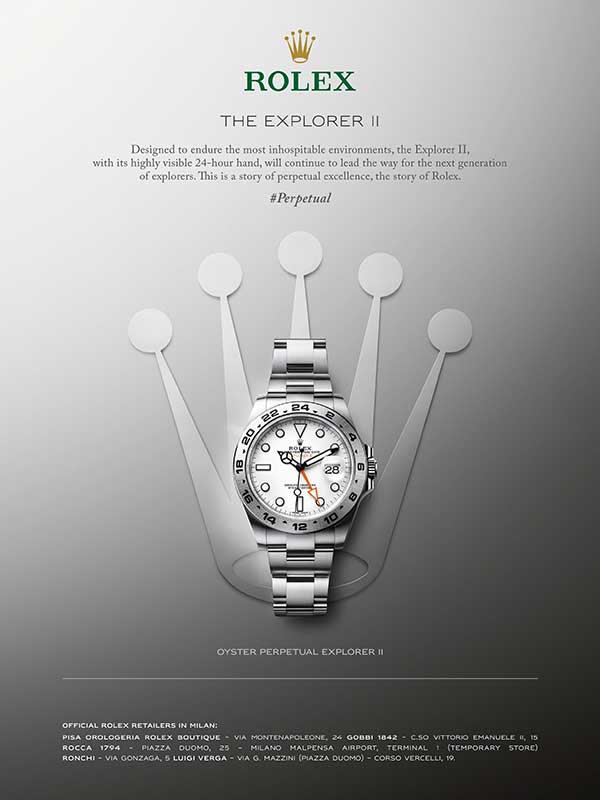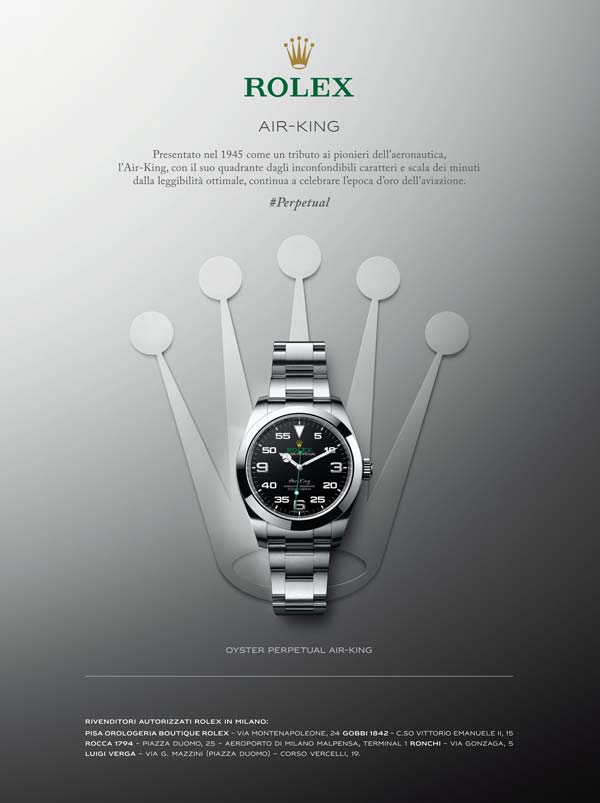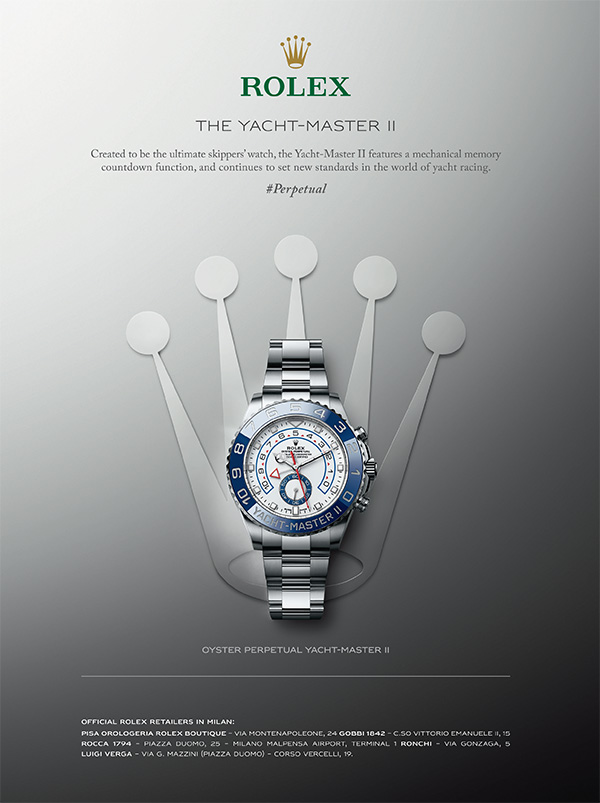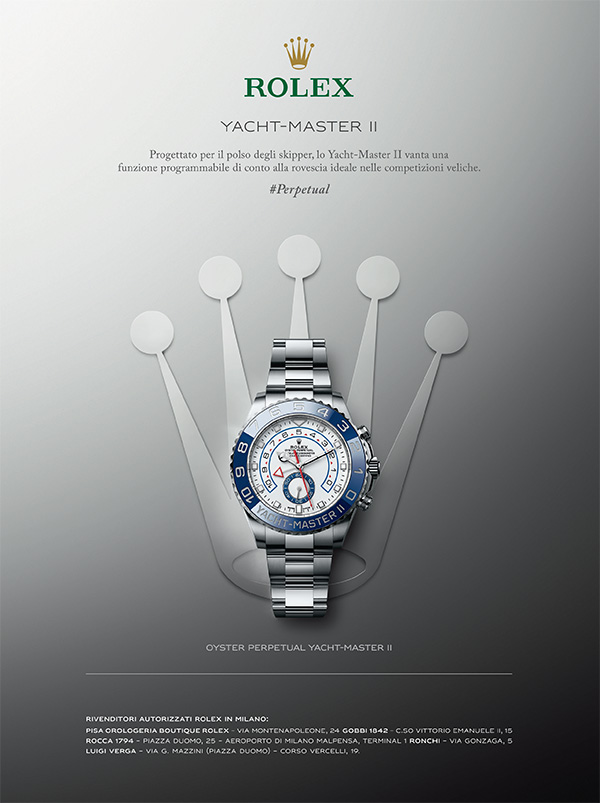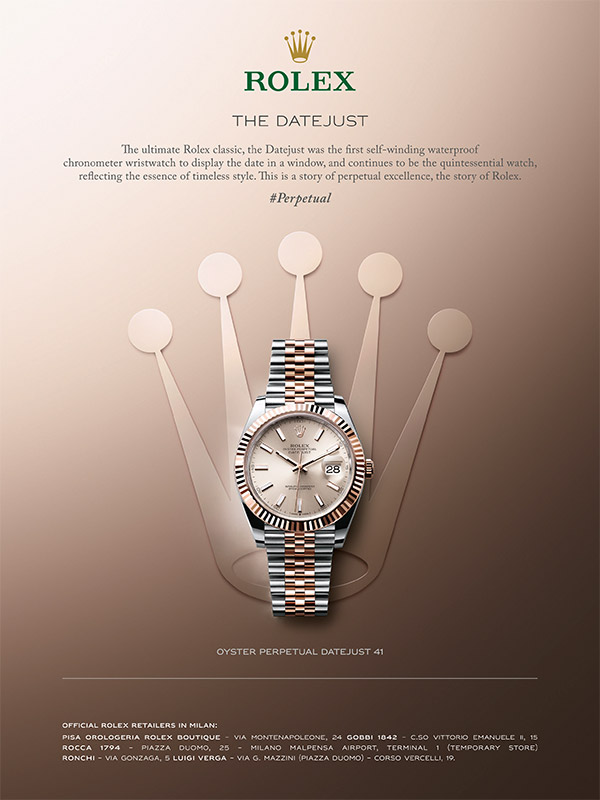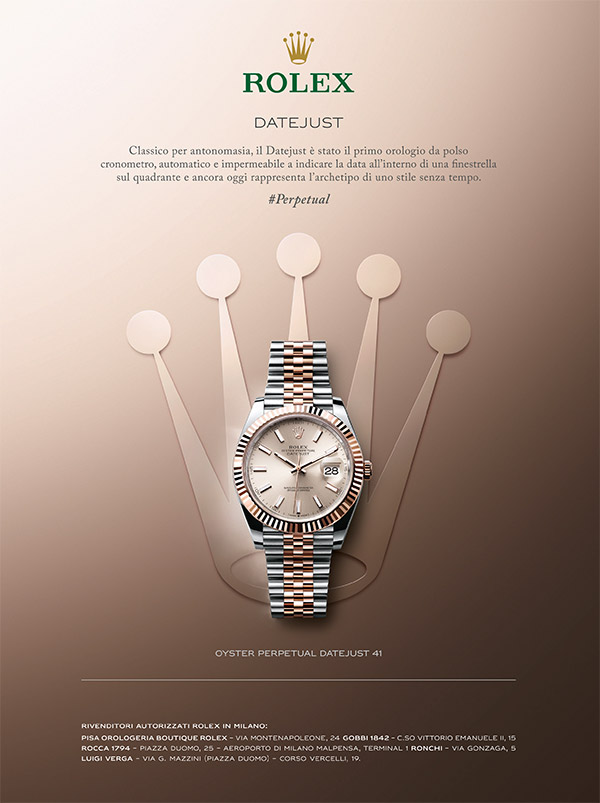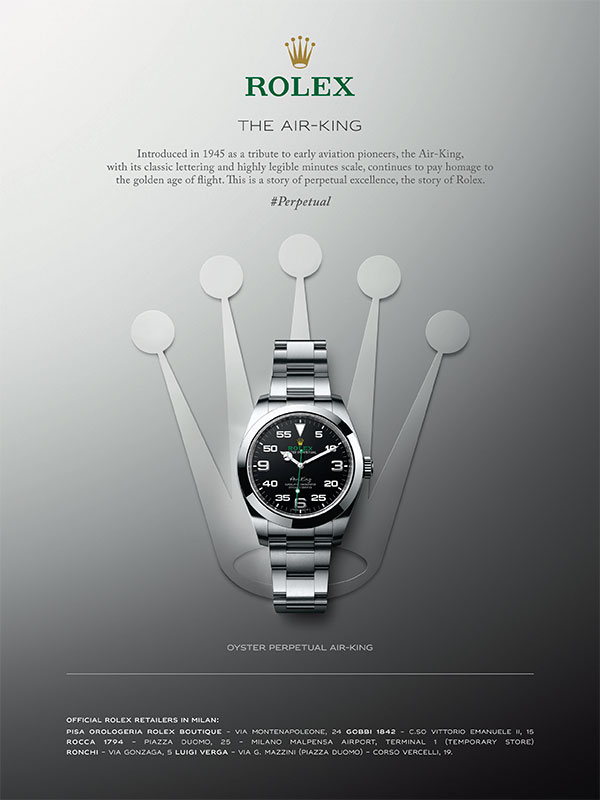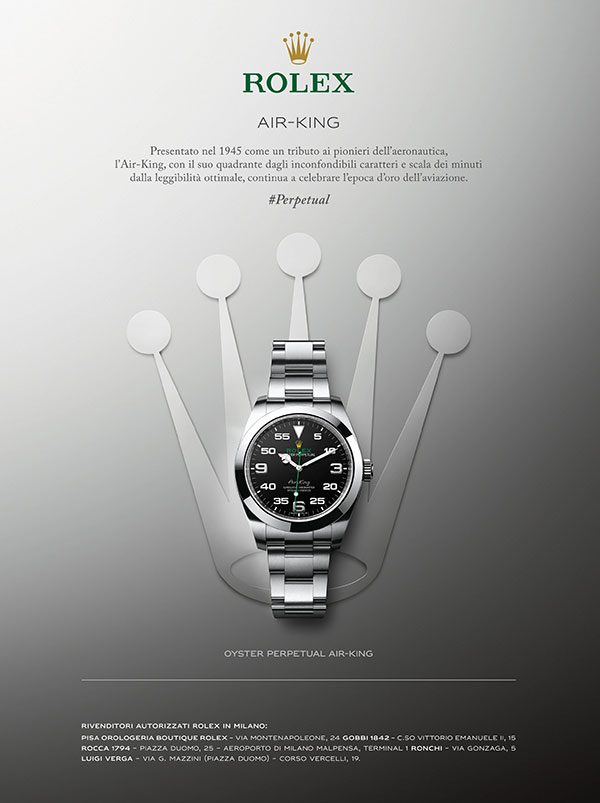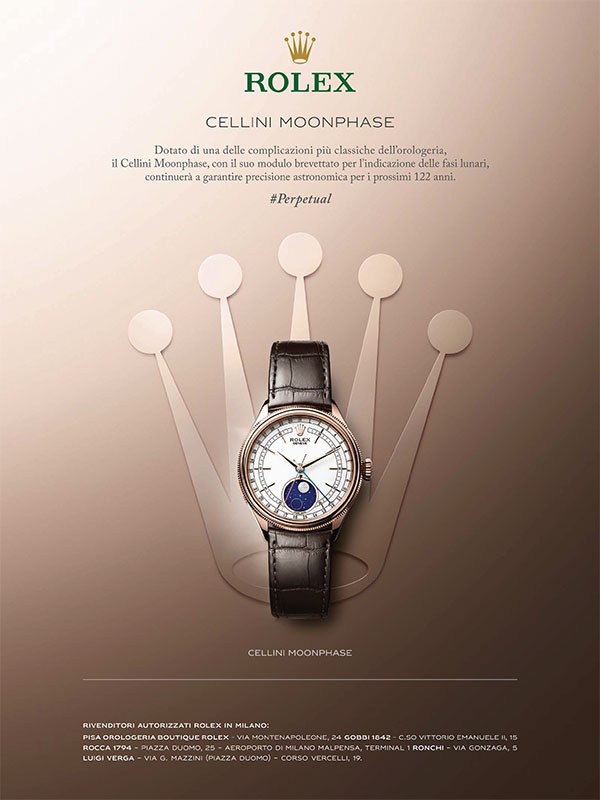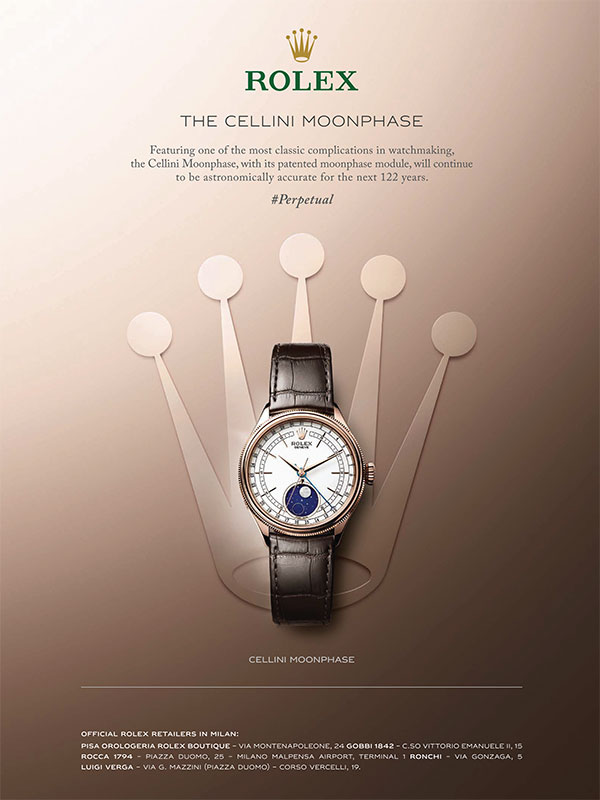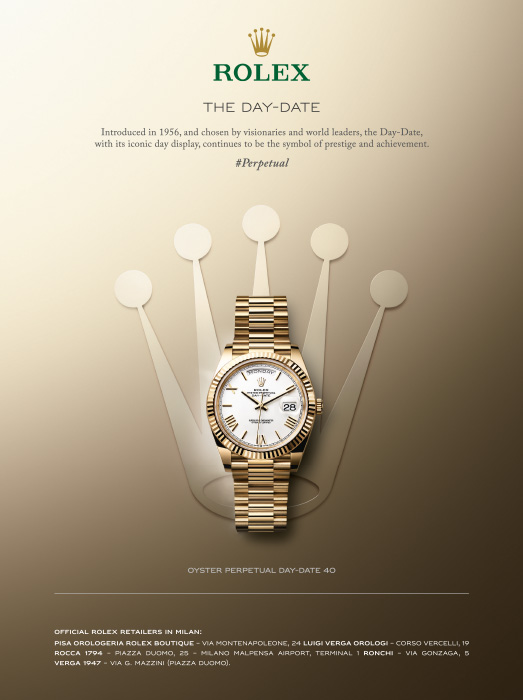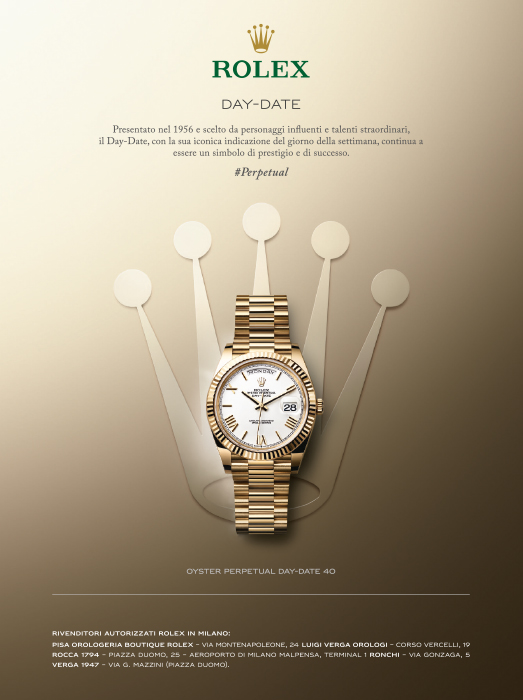cenacolovinciano.org
M1 (red line) Conciliazione
Tuesday-Sunday 8.15am-7pm
One of the most famous paintings in the world, the Cenacolo Vinciano, also known as the “Last Supper” was painted by Leonardo da Vinci in the refectory of the convent adjacent to Santa Maria delle Grazie between 1494 and 1497.
The convent is connected to the Sforza Castle by an underground passage. In 1490, Ludovico Sforza decided to turn the church of Santa Maria delle Grazie into his own mausoleum, entrusting the renowned architect Donato Bramante with the construction of the splendid dome, the delightful small cloister and the sacristy, embellishing them with frescoes by important painters from the Lombardy school. Leonardo’s “Last Supper” is thus part of a series of artworks of exceptional quality.
Da Vinci’s painting adorns a wall of the huge refectory, opposite the imposing scene of the “Crucifixion” by Donato Montorfano, where the faded profiles of a number of members of the Duke’s family are just visible.
Work on the “Last Supper” began around 1494 and was completed in 1497. Da Vinci devoted painstaking attention to every detail of his works. He began with the overall conception of the wall: the lunettes at the top with the Sforza coats of arms and garlands of fruit and flowers along with the scene of the Last Supper. He then devoted lengthy study to the general composition and the individual figures. The pace of his work was unpredictable: he could go for entire days without picking up a paintbrush or spend hour after hour on the scaffolding.
For the painting, Leonardo chose to portray the most dramatic moment of the evening when Christ speaks the words, “One of you shall betray me”. Each of the twelve Apostles reacts differently, conveying what Leonardo described as “the motions of the soul” through gestures, expressions and body language. As you can see, all the figures are seated on one side of the table, with Christ at the center and the Apostles divided into four groups.
For this masterpiece, da Vinci did not adopt the usual fresco technique, which requires a quick spread of the paint on a slender layer of wet plaster before it dries, seeking instead a method that would allow him to make continual adjustments on the work. Just a few years after the fresco was completed, however, the paint began coming away from the plaster, and the supporting layer gradually crumbled.
The work later suffered even more serious damage including efforts to remove it from the wall, disastrous attempts at fixing the paint, a door was put in and subsequently walled up at the center of the wall, below the figure of Christ; under Napoleon, the refectory was turned into a stable, and lastly, the wartime bombing raids in 1943 caused the collapse of both the side walls and the roof.
The most recent restoration work, lasting over twenty years, removed the layers of dirt and the materials added during earlier work, bringing large parts of the original painting to light, perfectly clear but fragmented into small pieces. One of the main agents of deterioration is dust, which is why the refectory and visitor flows are monitored constantly.
In the footsteps of Leonardo da Vinci
Leonardo da Vinci was born in Tuscany and died in France in 1519, five hundred years ago. In Italy, he lived in Florence, Rome and Venice, but the city closest to his heart was Milan, where he spent over 20 years, first at the court of the Sforza and later when the city was controlled by the French. The genius of the Italian Renaissance and the prototype of modern Man, da Vinci is remembered for a broad array of both scientific and artistic activity: he viewed painting and drawing as a means to explore and examine the world.
He left Florence at the age of thirty and presented himself to the Duke of Milan, Ludovico Sforza, Il Moro, with a letter listing his impressive talents as an inventor and an artist. He found Lombardy to be a lively, open-minded cultural milieu and an interesting environment with more advanced books and resources to broaden his horizons as a “universal man”. Milan readily welcomed Leonardo, recognizing his greatness and demonstrating a willingness to support his work.
Five centuries later, we can still follow in the footsteps of the Tuscan genius, whose presence can be seen through the art and culture of Milan. In addition to the “Last Supper”, one of the best-known paintings in the world, found in the refectory of Santa Maria delle Grazie, you’ll find that Milan is home to other works and memories of Leonardo. In the Sforza Castle, you can admire a number of drawings, the “Codex Trivulzianus” and the “Sala delle Asse”, a room frescoed by da Vinci. Displayed in the Ambrosiana Art Gallery and Library is the “Portrait of a Musician”, the only oil on wood by Leonardo remaining in Milan, as well as an extraordinary series of drawings and writings collected in the “Codex Atlanticus”.
In addition, models and reproductions of his inventions can be seen in the city’s science museum, the Museo Nazionale Scienza e Tecnologia, and a number of works by painters he inspired are exhibited in several of the city’s museums. Near the city’s San Siro Racecourse, visitors can see the enormous bronze horse statue, an equestrian monument based on the artist’s drawings. There are also the cloisters of the Ca’ Granda-Ospedale Maggiore, where the memory of Leonardo’s anatomy studies still lingers, while his passion for hydraulic engineering remains alive in the Darsena and Navigli area. And finally, next to Santa Maria delle Grazie, you can still see the vineyard which Ludovico Sforza gifted to his favorite artist, La Vigna di Leonardo.


